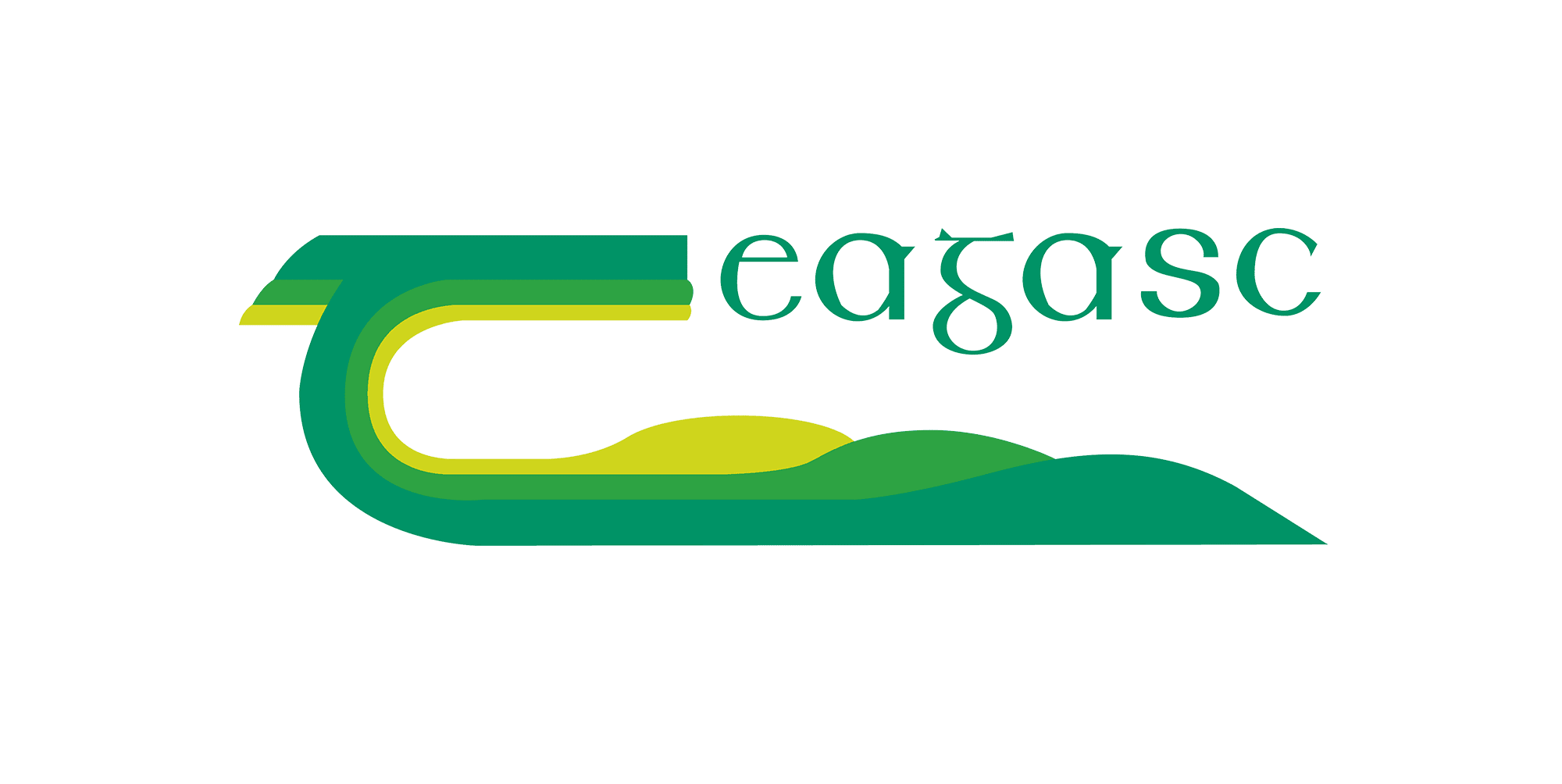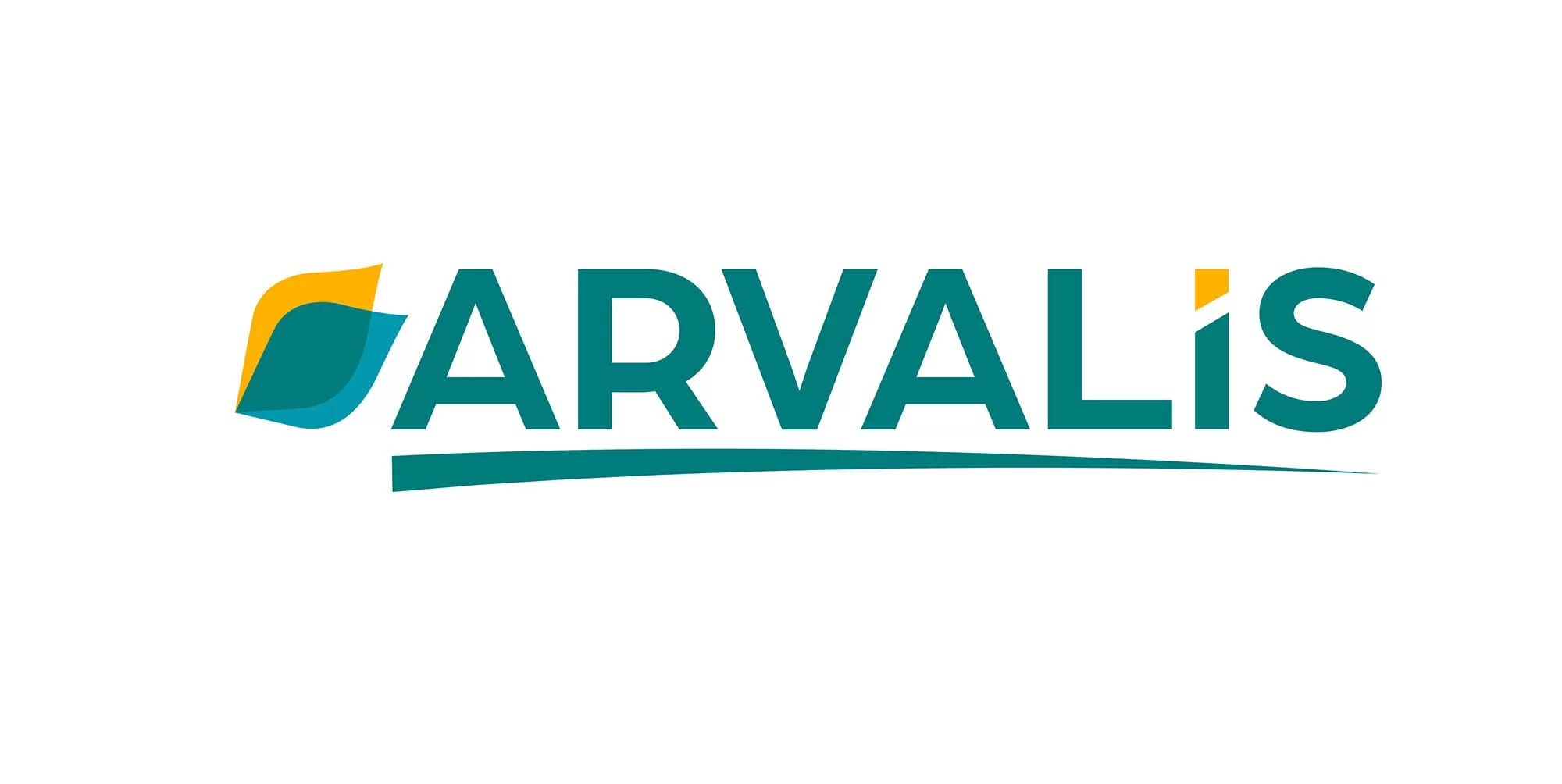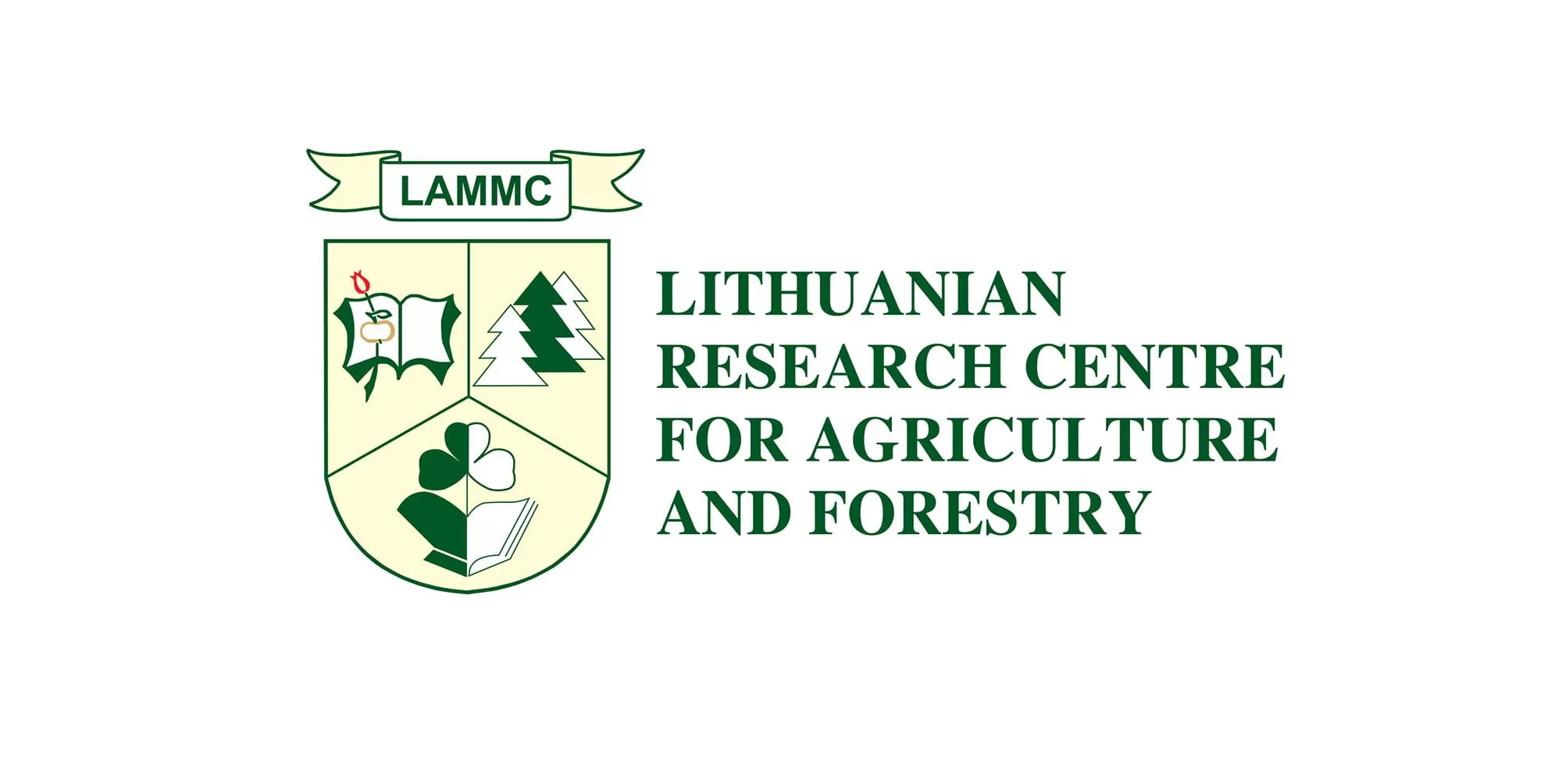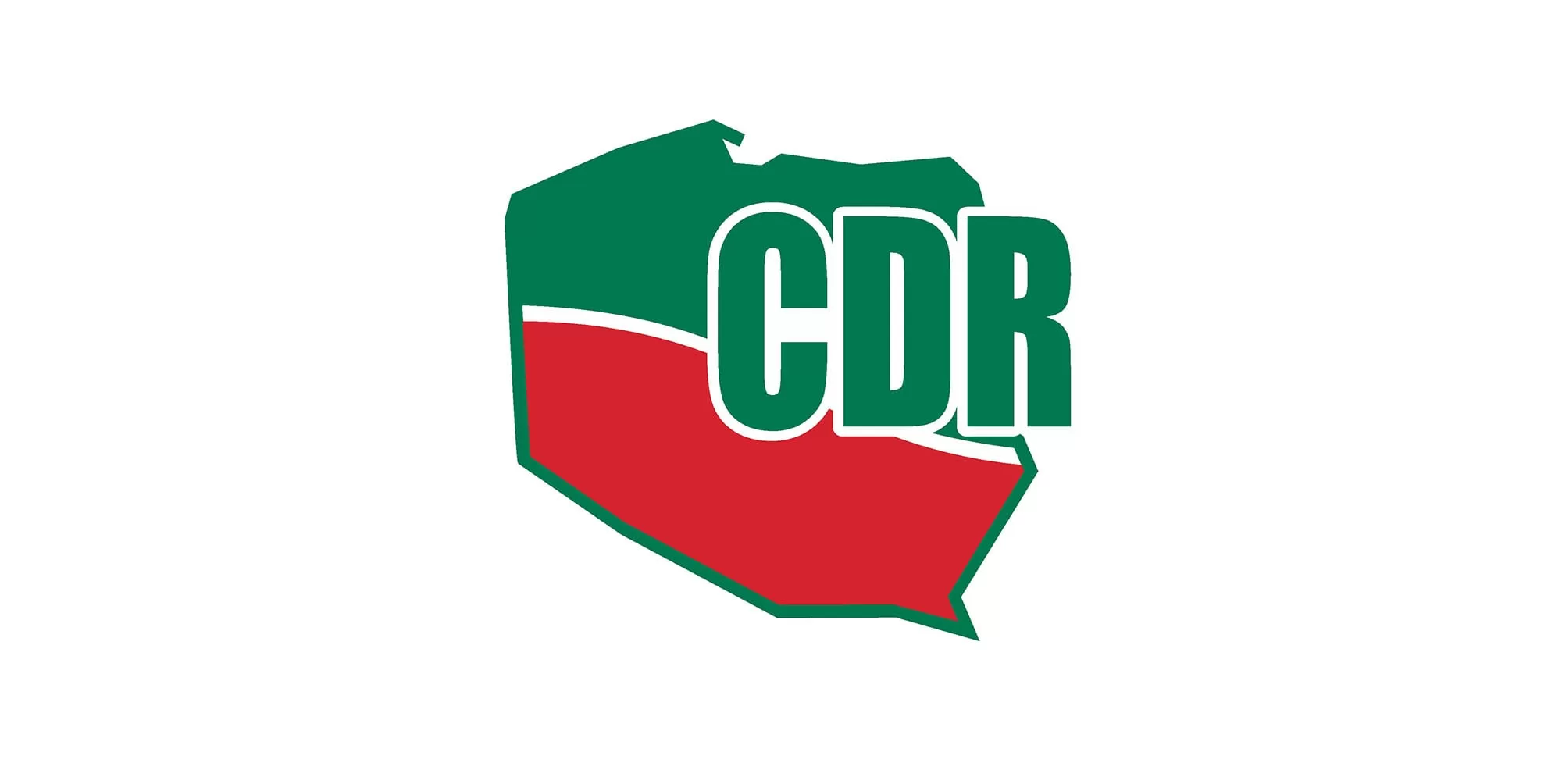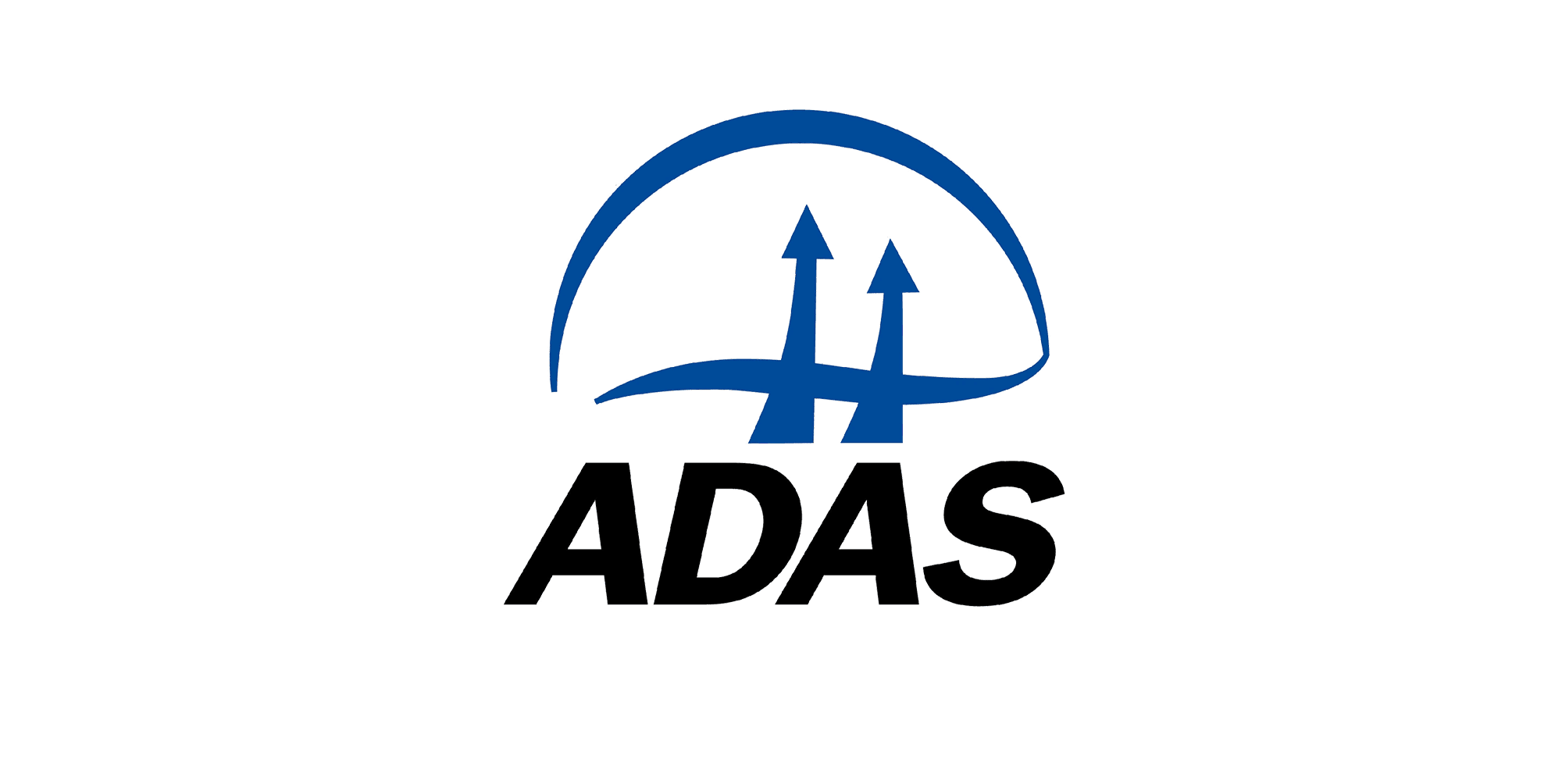Recommendation system by: Non-governmental organisation
COMIFER
There is no single recommendation system in France but different recommendation methods or guides depending on the nutrients and the objectives sought. For the calculation of the dose of nitrogen to be provided, this is the forecast balance method. For the calculation of the dose of phosphorus or potassium, there is a reasoning method proposed by Comifer. Finally, there are good practice guides aimed at improving the efficiency of nitrogen fertilizer applications regardless of the calculated dose:
- CALCUL DE LA FERTILISATION AZOTÉE, Guide méthodologique pour l’établissement des prescriptions locales pour les cultures annuelles et les prairies (CALCULATION OF NITROGEN FERTILIZATION, Methodological guide for establishing local requirements for annual crops and grasslands
- Guide des bonnes pratiques agricoles pour l'amélioration de la qualité de l'air (Guide to good agricultural practices for improving air quality)
- La fertilisation P – K – Mg. Les bases du raisonnement (P – K – Mg fertilization. The basics of reasoning)
Comifer (French Committee for the Study and Development of Reasonable Fertilization) is the association responsible for defining the scientific bases and practical rules for reasoned fertilization and their dissemination to users in France. It brings together all the players in fertilization from research, education, administration, professional agricultural organizations (technical institutes, federations, etc.), the fertilizer industry, distribution, services.
Its main missions are 1) sharing and transfering of knowledge on soil fertility, nutrients management and utilisation efficiency, crops fertilization taking into account environmental impacts (water, air, soil), 2) technical references and collectively validated methods (objectivity, rigor, search for consensus) development and dissemination, 3) the development and improvement of agricultural practices which contribute to efficient and sustainable agriculture and 4) technical support for public policies for the monitoring and implementation of “nitrate” regulations.
Access the recommendation system
 Nitrogen
Nitrogen
 Phosphorus
Phosphorus
 Potassium
Potassium
| Crops covered |
Wheat, Maize, Potatoes, Vegetables, Other cereals, Brassicas, Other crops |
| Nutrients covered |
Nitrogen (N), Phosphorus (P), Potassium (K), Magnesium (Mg) |
| Target soil pH Recommendations based on soil and cropping types |
Provided |
|
Nitrogen
|
| Crops for Nitrogen Recommendation |
Maize, Potatoes, Wheat |
| Nitrogen Analysis Options |
Organic matter, Total N |
| Soil Nitrogen Assess Method |
Estimated |
| Factors for estimated Soil Mineral N |
Soil type, Rainfall, Past management |
| Soil Nitrogen content measurement |
Extraction with KCl;Potentially available N (AN) or anaerobic mineralisable N (AMN); |
|
Phosphorus
|
| Crops for Phosphorus Recommendation |
Maize, Potatoes, Wheat |
| Soil Phosphorus content measurement |
Lab based method |
| Phosphorus Sampling Frequency |
5 years + |
| Lab analysis method for Phosphorus |
Olsen P method; Joret-Hébert method (Ammonium oxalate method) and Dyer method (citric acid method); |
|
Potassium
|
| Crops for Potassium Recommendation |
Maize, Potatoes, Wheat |
| Soil Potassium content measurement |
Lab based analysis |
| Lab analysis method for Potassium |
Ammonium acetate extraction |
| Potassium Sampling Frequency |
5 years + |
| Potassium Measurement Method |
None |
| Soil available Potassium(Κ) from potash clays |
Soil type |
| Guidance for minimizing nitrate leaching |
Provided |
| Crops for which the recommended N rate is adapted depending upon nitrate leaching risk |
Wheat, Maize, Potatoes |
|
Nitrogen
|
| Dry Springs |
Not Considered |
| Advice on irrigation for N recommendation |
Not Provided |
| Spring Crop N content |
Accounted for |
| Accepted methods for assessment of spring crop N content |
Nitrogen content estimation is recommended to adjust fertilization to the year conditions but is not obligatory. Several monitoring tools of the last nitrogen supply exist based on one of the following methods: 1) estimation of stems base juice nitrate content by colorimetry, 2) estimation of leaves chlorophyll content by reflectance thanks to multi-spectral sensors embedded on the tractor, on drones or satellites or 3) estimation of leaves chlorophyll content by light transmission using pliers equipped with diodes emitting red and Infrared light through the leaf. |
|
Phosphorus
|
| Spring Crop P content |
Not Accounted for |
| Accepted methods for assessment of spring crop P content |
|
|
Nitrogen
|
| Current in season crop N requirement |
Estimated |
| Basis for N Requirement Estimation |
Standard values for crop N content |
| Expected yields |
Estimated in season N requirement can be adjusted for expected yields |
| Basis of crop N requirements |
Crop approach |
|
Phosphorus
|
| Current in season crop P requirement |
Estimated |
| Basis for P requirement estimation |
Standard values for crop P content |
| Expected yields |
Estimated P requirement can be adjusted for expected yields |
| Basis of crop P requirements |
Crop approach, Rotation approach |
|
Potassium
|
| Current in season crop K requirement |
Estimated |
| Basis for K requirement estimation |
Standard Yield |
| Expected yields |
Estimated K requirement can be adjusted for expected yields |
| Basis of crop K requirements |
Crop approach, Rotation approach |
| Crops for which yield adjustments are made |
Wheat, Maize |
|
Adjustments for Potato Recommendations
|
| Recommendations on length of growing season, variety, haulm length and/or determinacy groups |
Available |
| Available adjustments for potatoes |
Planting date; harvest date; market outlet; The recommended nitrogen dose increases with the length of the growing season and varies according to the market outlets: higher for industrial potatoes and ware potatoes than for starch potatoes and shot potatoes. |
|
Adjustments for nitrate leaching, gaseous N-losses and Ammonia Mitigation
|
| N adjustments to account for gaseous N-losses are included for |
Not included |
| Fertiliser types and additives change recommendation |
|
| Ammonia mitigation strategies used for manufactured fertilisers |
|
| Manure application methods used for reducing ammonia emissions |
|
|
Organic materials nutrient content
|
| Crop available N for different types of organic material |
Calculated |
| Organic materials for which crop available N is calculated |
Farmyard manure (cattle, goat, pig, sheep, horse, duck), Cattle slurry, Pig slurry, Poultry manure, Digestate, Compost, Waste derived materials e.g. paper crumble, food waste |
| Crop available nutrients from organic materials accounted for |
Nitrogen (N), Phosphorus (P), Potassium (K) |
| Nutrients for which there is an option to input own organic material nutrient analysis |
Nitrogen (N), Phosphorus (P), Potassium (K) |
| Types of organic materials for which regulation stipulates a sampling requirement |
Certain types |
| Guidance on fertilizer application timings |
Provided, Adjusted for the total amount of nutrient applied |
| Guidance on the rate of fertiliser to apply at each timing |
Provided |
| Number of fertilizer N applications in wheat |
3 |
| Application number between maize and potatoes |
Different |
| Number of fertiliser N applications in maize (or potatoes) |
There are no obligations regarding the number of nitrogen applications for different crops but only advice taking into account the total dose to be applied, the quantity of mineral nitrogen already present in the soil at the end of the winter or at spring crops sowing, if there are applications of organic products, the sensitivity of the type of soil to nitrate leaching, the possibility or not to bury nitrogen fertilizer applications in order to avoid ammonia volatilization, the use of fertilizers with controlled nitrogen release… Generally, 3 to 4 doses are recommended for wheat but it can be less if the total dose is low. On maize, it is generally recommend 2 applications and most often only 1 buried N application on potatoes. |
| P & K application frequency in winter wheat |
Once every 2-5 years |
| P & K application frequency between maize and potatoes |
Different |
| P & K application frequency in maize (or potatoes) |
Potato is classified as a crop with a high sensitivity to phosphorus and potassium deficiency, maize has a low sensitivity to phosphorus deficiency and a medium sensitivity in potassium deficiency, and wheat has a low sensitivity to phosphorus and potassium deficiency. The input recommendations take this notion of sensitivity into account, particularly regarding the advice of fertilization skipping which is more common for wheat than for potatoes. |
| Crops with guidance available for the placement of fertilisers |
Maize, Potatoes |
 Wheat
Wheat
 Maize
Maize
 Potatoes
Potatoes
 Nitrogen
Nitrogen
 Phosphorus
Phosphorus
 Potassium
Potassium




